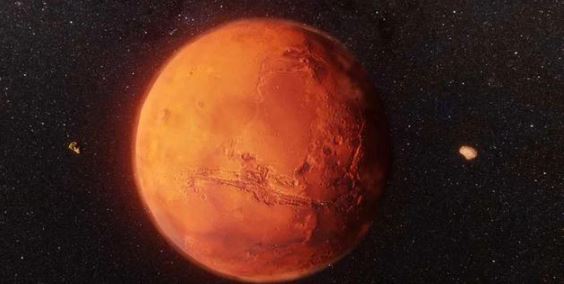On the path of scientific exploration, the collaboration between the European Space Agency and the Japan Aerospace Exploration Agency has once again brought us exciting news: the Mercury probe “Bipi Colombo” successfully completed its sixth flyby of Mercury on January 8th. This flyby not only marks a new stage in the preparation for the probe’s future orbit, but also provides valuable data for us to gain a deeper understanding of Mercury, the smallest and hottest planet in the solar system.
Since its launch on October 20, 2018, the “Bipi Colombo” probe has been striving to enter Mercury’s orbit in 2026. During this flyby, the probe cleverly utilized Mercury’s gravity to slow down and adjust its course, ensuring a smooth path for future scientific goals. During its flyby of Mercury’s North Pole region, the probe came closest to the surface of Mercury at a distance of only 295 kilometers, which allowed scientists to observe this mysterious planet from the closest perspective possible.
During the flyby process, the detector experienced a period of over 20 minutes without receiving sunlight, relying entirely on its own battery power. During this period, the detector continued to operate normally, observing craters in the “permanent shadow zone”. This unique observation condition undoubtedly provides scientists with valuable data to reveal the composition and history of Mercury’s surface.
The “Bipi Colombo” exploration mission is a major scientific research project led by the European Space Agency and closely collaborated with the Japan Aerospace Exploration Agency. In the project, the detector carries two independent detection devices with significant scientific exploration value. The “Mercury Planetary Orbiter” developed by the European Space Agency will be used to explore the surface and composition of Mercury in depth, while the “Mercury Magnetospheric Orbiter” developed by the Japanese Space Agency focuses on detecting Mercury’s magnetic field, which is a manifestation of the detector’s multi-dimensional observation capability.
With the advancement of technology, space exploration technology is also constantly improving. From carrying high-precision imaging equipment to using artificial intelligence algorithms to analyze scientific data, the “Bipi Colombo” project fully demonstrates the combination of cutting-edge science and modern technology. Through these latest exploration data, we will be able to better understand Mercury and its complex geological and magnetic characteristics.
It is worth noting that comprehensive scientific exploration cannot be achieved without international cooperation. The mutual support and cooperation between Europe and Japan for the “Bipi Colombo” probe demonstrate the importance of global scientific research in space exploration. Not only has it enabled the smooth implementation of exploration missions, but it has also injected more momentum into human exploration of space and unlocking the mysteries of the universe.
Looking ahead to the future, as the “Bipi Colombo” probe officially enters the orbit of Mercury in 2026, research teams from China, Japan, and Europe will work closely together in their respective scientific fields to carry out corresponding scientific exploration operations. This collaboration will provide the scientific community with more insights into Mercury and further advance our exploration of other planets in the solar system.
Overall, the flyby mission of “Bipi Colombo” is not only a scientific success, but also a vivid embodiment of humanity’s spirit of exploring the universe. When we are in this era of informatization and globalization, modern technology is constantly pushing the boundaries of scientific exploration
